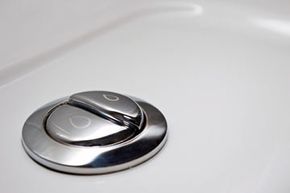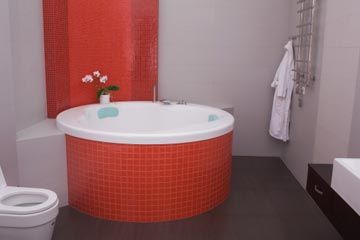Once upon a time -- in the United States, anyway -- we didn't have much choice when we were in the market for a new toilet. Did we want the white porcelain model that used 7 gallons of water per flush ... or the other white porcelain model that used 7 gallons of water per flush? If you were lucky you might be able to find one that used 3.5 gallons. That all changed in 1992, when the Federal Energy Policy Act decreed that new toilets sold in the U.S. could use no more than 1.6 gallons of water per flush.
The law was an environmentally sound policy, for sure, but consumers were none too happy with their new toilets when it went into effect in 1994. The low-flow models didn't flush quite as efficiently as the old ones, with many people reporting that they had to flush twice to get everything down the pipes. But over the years the designs and flushing mechanisms were streamlined, and now you'd be hard-pressed to tell the difference between a low-flow and a water-guzzler. You will see a difference in your water bills, though; according to the Environmental Protection Agency, low-flow toilets will decrease your water bills by about $100 a year.
Advertisement
Most low-flow toilets are indistinguishable from old-school models, but if you've traveled internationally you might have seen a toilet with a two-section push-button flusher. These are dual-flush toilets that were invented in Australia -- they use more water when they're flushing solid waste. They haven't quite caught on in the United States, though, but the tide is definitely turning in favor of high-efficiency toilets.



